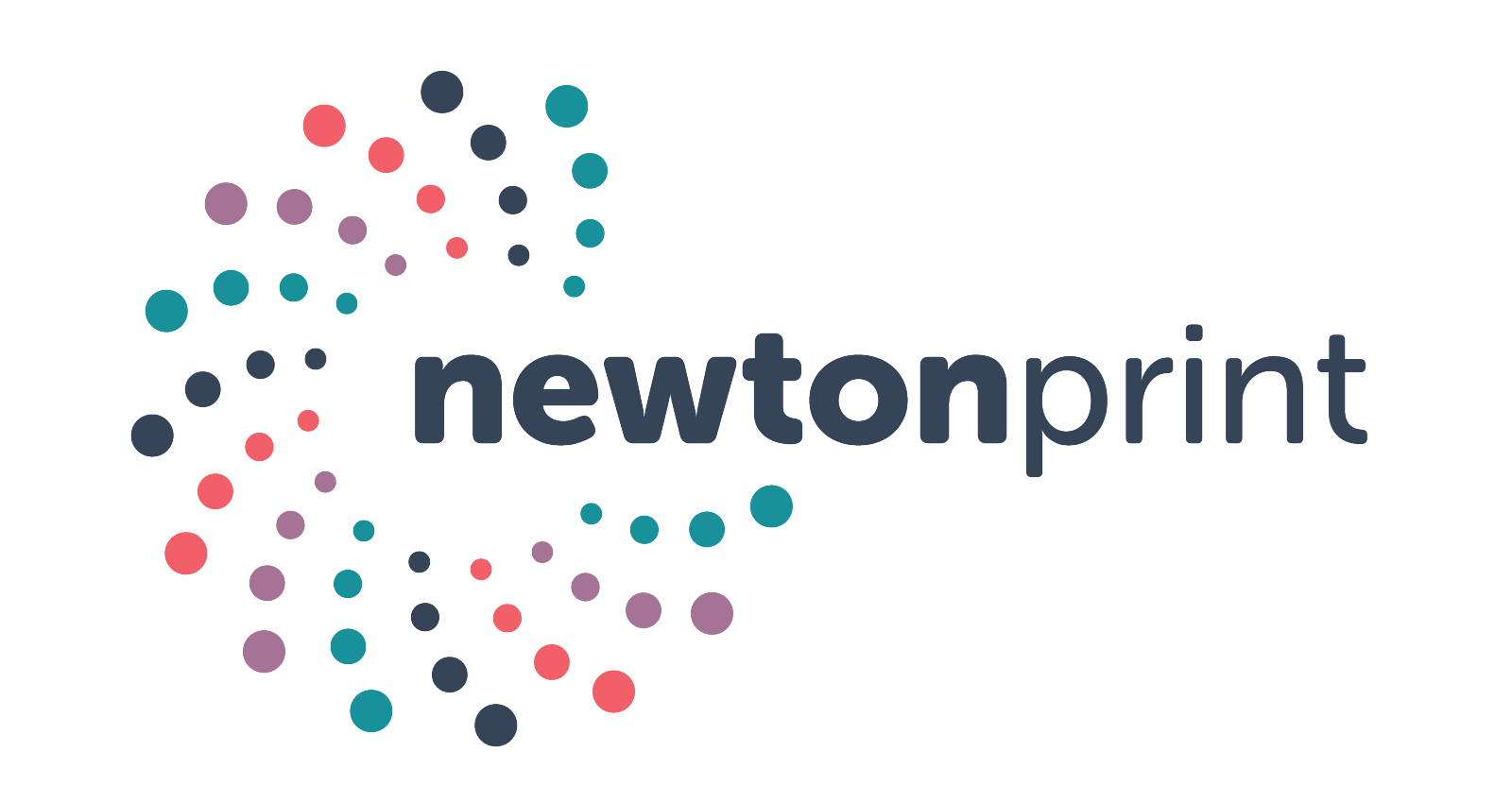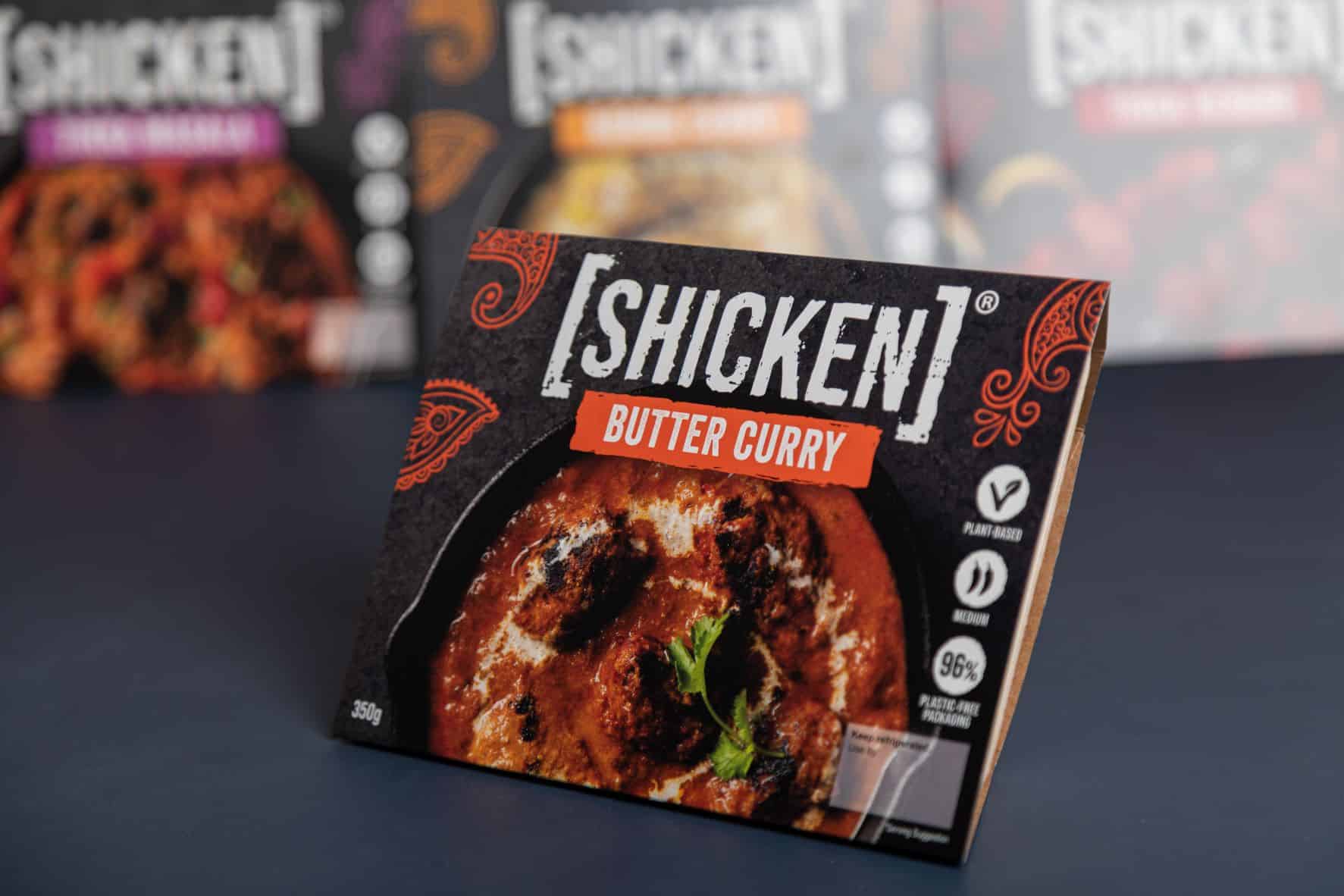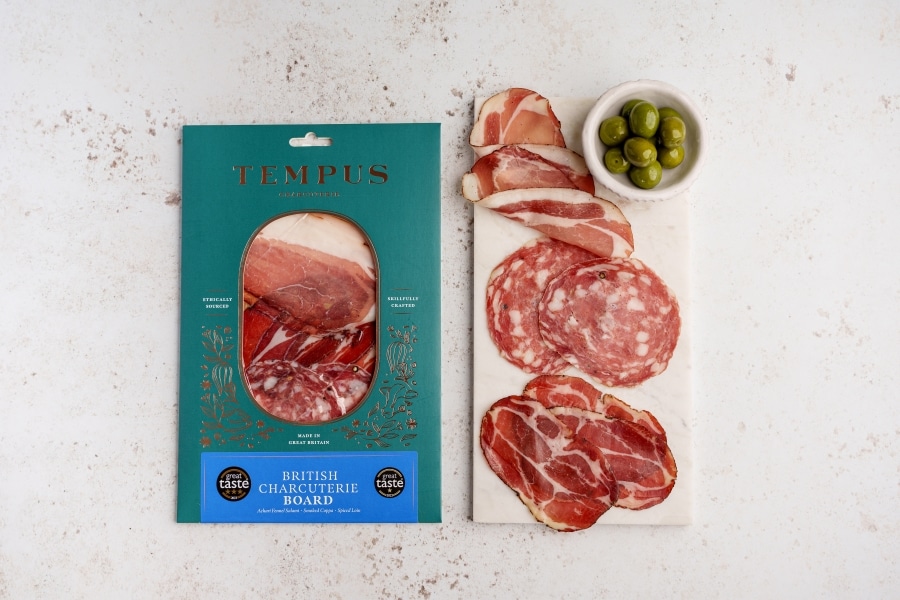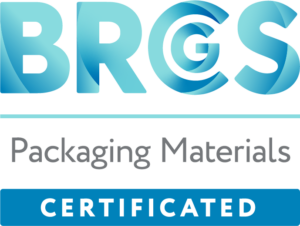Can Covid-19 be transmitted by paper? The facts unravelled
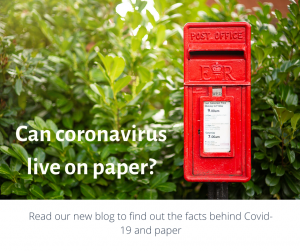 **PLEASE NOTE THIS IS NOT HEALTH ADVICE, BUT BASED ON RESEARCH PUBLICLY AVAILABLE AT TIME OF PUBLICATION**
**PLEASE NOTE THIS IS NOT HEALTH ADVICE, BUT BASED ON RESEARCH PUBLICLY AVAILABLE AT TIME OF PUBLICATION**
We’ve noticed a few rumours/concerns flying around to the effect that print and direct mail can spread Covid-19 because the virus is transmitted ‘live’ on the surface of the paper. This can include direct mail, business admin mail, newspapers and magazines, packaging, even things like toilet roll!
So what is the real truth? Is Covid-19 transmitted via paper and how does that compare to other surfaces?
We decided to do some research and find out… and stumbled upon an excellent article by the TwoSides movement which explains it very well:
The facts
Research and guidance from the world’s leading health organisations, including the World Health Organisation (WHO), The Journal of Hospital Infection, and the National Institute of Allergy and Infectious Diseases, suggests that the risk relating to Covid-19 transmission from surfaces is relatively low.
According to the World Health Organisation, “The likelihood of an infected person contaminating commercial goods is low and the risk of catching the virus that causes COVID-19 from a package that has been moved, travelled, and exposed to different conditions and temperate is also low.”[1]
The most referenced scientific research on the subject of surface rate of infection is from the National Institutes of Health (NIH), Centres for Disease Control (CDC), UCLA, and Princeton University, which studied how stable the coronavirus was on different surfaces. It found that of plastic, stainless steel and cardboard, the virus lasted the longest on plastic (up to 72 hours) and the shortest on cardboard (up to 24 hours)[2]. That time is shortened when the surface is exposed to air, with the virus becoming less and less potent the more it’s exposed. The printing process will also decrease the potency of any virus.
Aside from the manufacturing conditions of paper, plus the printing and distribution processes significantly decreasing the amount of viable particles required to infect someone, the material itself is not a good location for the virus to exist. The researchers found that the coronavirus lasts longest on smooth, non-porous surfaces such as plastic. Since paper and cardboard are porous, they carry the lowest potency for the shortest period of time[2].
“Newspapers are pretty sterile because of the way they are printed and the process they’ve been through,” said George Lomonossoff, a virologist at the John Innes Centre in the UK. “Traditionally, people have eaten fish and chips out of them for that very reason. So all of the ink and the print makes them actually quite sterile. The chances of [being infected] are infinitesimal.”[3]
Addressing your concerns
The above research by TwoSides explains very well the facts behind why paper is a negligible risk to the transmission of Covid-19.
There’s also the fact that print is actually handled very little during the production process too; most printing and finishing processes are automated, minimising the amount of handling each print piece experiences.
If you’re still worried, why not consider our new PrintProtect anti-microbial printing options?
Anti-microbial printing
One of our more recent add-on printing features is our specially formulated PrintProtect antibacterial (anti-microbial) coating.
This is a clear, neutral coating that will have no visual or quality impact on your printing but will prevent the printed surface from harbouring bacteria that can be passed on by touch. This antibacterial coating is proven to remove up to 99.9% of bacteria and microbes.
Our antibacterial printing is active for the lifetime of the coating which eliminates the risk of cross-contamination of thousands of bacteria strains.
This coating is very popular for health, medical, catering and hospitality sectors; uses include for airline/travel magazines that are regularly handled and for information leaflets.
If you choose to use antibacterial printing, you can use the SafePrint logo to prove to your audience that you take a responsible approach to your marketing campaigns.
[2]Aerosol and Surface Stability of HCoV-19 (SARS-CoV-2) compared to SARS-CoV-1, 2020
[3]Interview with BBC Radio Scotland, March 2020
